
How to Use type C port: Examples, Pinouts, and Specs
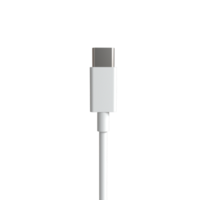
 Design with type C port in Cirkit Designer
Design with type C port in Cirkit DesignerIntroduction
The USB Type-C port is a versatile 24-pin USB connector system, known for its two-fold rotationally-symmetrical design. This feature allows the connector to be inserted either way, enhancing user convenience. The Type-C port supports a wide range of protocols, including USB, HDMI, and DisplayPort, making it a popular choice for data transfer and power delivery in modern electronic devices.
Explore Projects Built with type C port
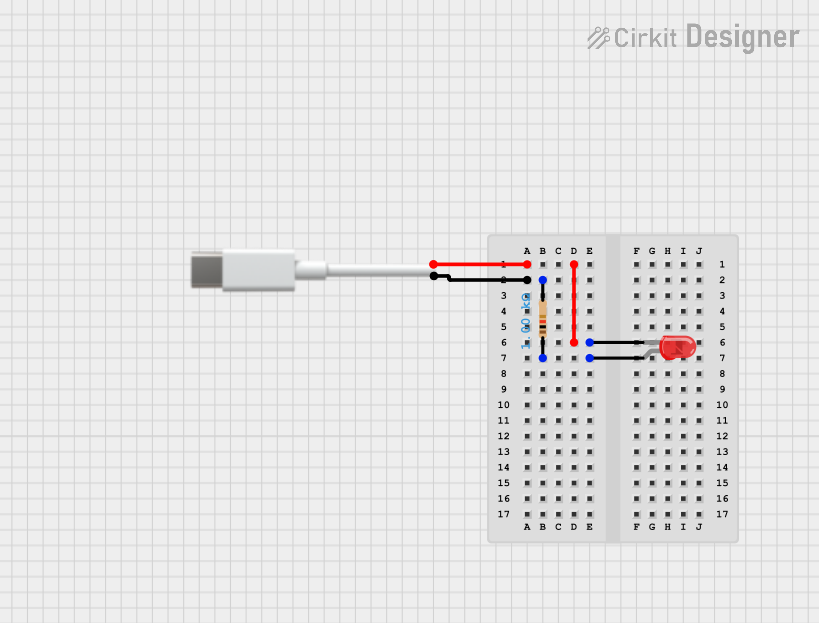
 Open Project in Cirkit Designer
Open Project in Cirkit Designer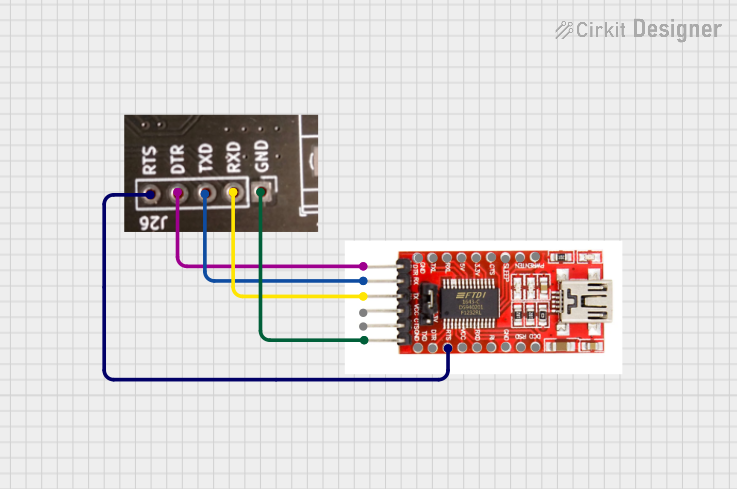
 Open Project in Cirkit Designer
Open Project in Cirkit Designer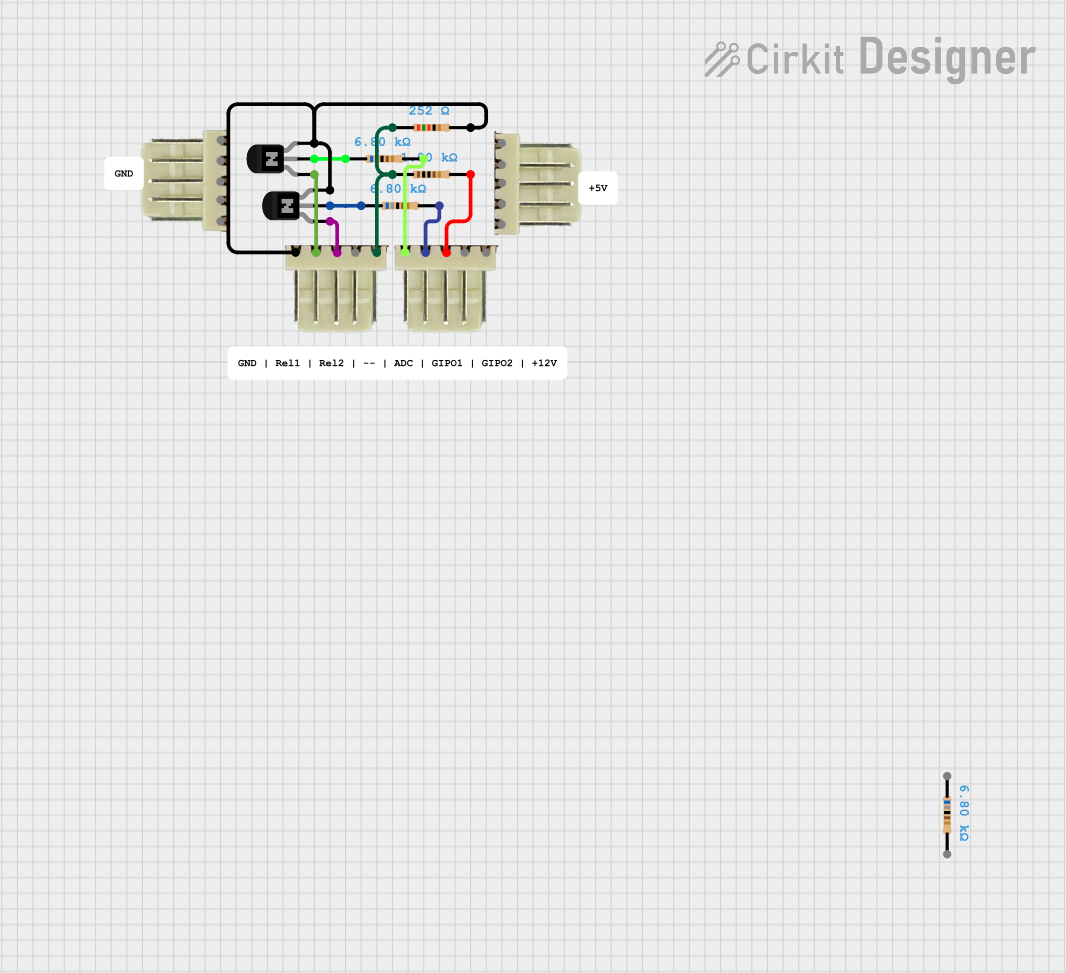
 Open Project in Cirkit Designer
Open Project in Cirkit Designer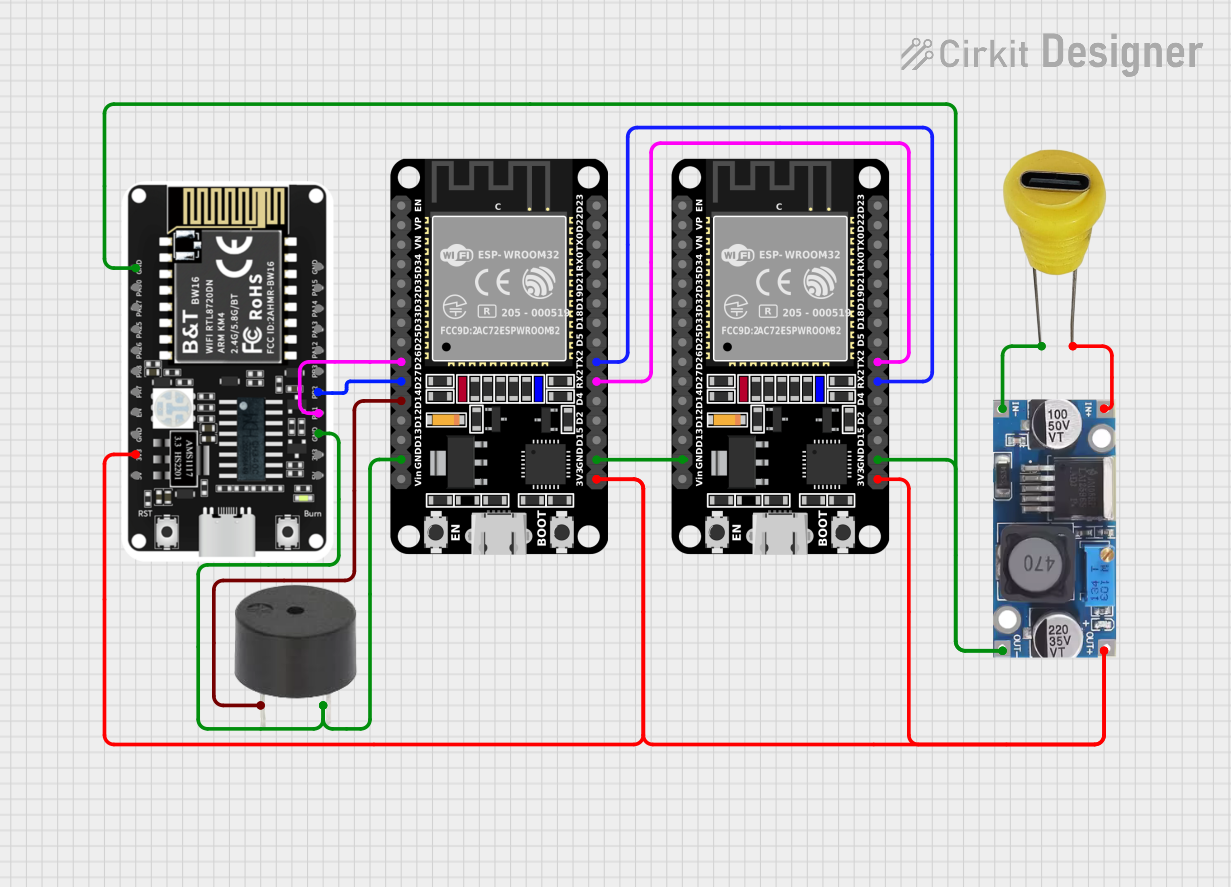
 Open Project in Cirkit Designer
Open Project in Cirkit DesignerExplore Projects Built with type C port

 Open Project in Cirkit Designer
Open Project in Cirkit Designer
 Open Project in Cirkit Designer
Open Project in Cirkit Designer
 Open Project in Cirkit Designer
Open Project in Cirkit Designer
 Open Project in Cirkit Designer
Open Project in Cirkit DesignerCommon Applications and Use Cases
- Smartphones and Tablets: For charging and data transfer.
- Laptops and Desktops: For connecting peripherals and external displays.
- Power Delivery: For charging devices with higher power requirements.
- Audio/Video Transmission: For connecting to HDMI and DisplayPort devices.
- Peripheral Devices: Such as external hard drives, USB hubs, and docking stations.
Technical Specifications
Key Technical Details
| Parameter | Value |
|---|---|
| Voltage Rating | 5V to 20V |
| Current Rating | Up to 5A |
| Power Delivery | Up to 100W |
| Data Transfer Rate | Up to 40 Gbps (USB 4.0) |
| Connector Type | 24-pin, reversible |
| Protocols Supported | USB, HDMI, DisplayPort, etc. |
Pin Configuration and Descriptions
| Pin Number | Name | Description |
|---|---|---|
| 1 | GND | Ground |
| 2 | TX1+ | Transmit Data Positive (SuperSpeed) |
| 3 | TX1- | Transmit Data Negative (SuperSpeed) |
| 4 | VBUS | Power Supply |
| 5 | CC1 | Configuration Channel 1 |
| 6 | D+ | Data Positive (USB 2.0) |
| 7 | D- | Data Negative (USB 2.0) |
| 8 | SBU1 | Sideband Use 1 |
| 9 | VBUS | Power Supply |
| 10 | RX2+ | Receive Data Positive (SuperSpeed) |
| 11 | RX2- | Receive Data Negative (SuperSpeed) |
| 12 | GND | Ground |
| 13 | GND | Ground |
| 14 | RX1+ | Receive Data Positive (SuperSpeed) |
| 15 | RX1- | Receive Data Negative (SuperSpeed) |
| 16 | VBUS | Power Supply |
| 17 | SBU2 | Sideband Use 2 |
| 18 | D- | Data Negative (USB 2.0) |
| 19 | D+ | Data Positive (USB 2.0) |
| 20 | CC2 | Configuration Channel 2 |
| 21 | VBUS | Power Supply |
| 22 | TX2- | Transmit Data Negative (SuperSpeed) |
| 23 | TX2+ | Transmit Data Positive (SuperSpeed) |
| 24 | GND | Ground |
Usage Instructions
How to Use the Component in a Circuit
Power Supply Connection:
- Connect the VBUS pins (4, 9, 16, 21) to the power supply (5V to 20V).
- Connect the GND pins (1, 12, 13, 24) to the ground of the circuit.
Data Transfer:
- For USB 2.0 data transfer, connect D+ (6, 19) and D- (7, 18) to the corresponding data lines.
- For SuperSpeed data transfer, connect TX1+ (2), TX1- (3), RX1+ (14), RX1- (15), TX2+ (23), TX2- (22), RX2+ (10), and RX2- (11) to the corresponding data lines.
Configuration Channels:
- Connect CC1 (5) and CC2 (20) to the configuration channel circuitry to detect the orientation and power delivery capabilities.
Sideband Use:
- Connect SBU1 (8) and SBU2 (17) for additional functionalities like audio or alternate modes.
Important Considerations and Best Practices
- Voltage and Current Ratings: Ensure that the power supply voltage and current ratings do not exceed the specified limits (5V to 20V, up to 5A).
- Proper Grounding: Properly ground the GND pins to avoid noise and potential damage to the circuit.
- Orientation Detection: Use the configuration channels (CC1 and CC2) to detect the orientation of the connector and configure the circuit accordingly.
- Heat Dissipation: Ensure adequate heat dissipation, especially when using the port for high power delivery (up to 100W).
Example: Connecting to an Arduino UNO
To connect a USB Type-C port to an Arduino UNO for data transfer, follow these steps:
- Connect the VBUS pin to the 5V pin on the Arduino UNO.
- Connect the GND pin to the GND pin on the Arduino UNO.
- Connect the D+ and D- pins to the corresponding data pins on the Arduino UNO.
// Example code to read data from a USB Type-C port connected to an Arduino UNO
void setup() {
Serial.begin(9600); // Initialize serial communication at 9600 baud rate
}
void loop() {
if (Serial.available() > 0) {
// Read incoming data from the USB Type-C port
char incomingData = Serial.read();
// Print the incoming data to the Serial Monitor
Serial.print("Received: ");
Serial.println(incomingData);
}
}
Troubleshooting and FAQs
Common Issues Users Might Face
No Power Delivery:
- Solution: Check the VBUS and GND connections. Ensure the power supply voltage is within the specified range.
Data Transfer Issues:
- Solution: Verify the connections of the D+, D-, TX, and RX pins. Ensure proper grounding and check for any loose connections.
Orientation Detection Failure:
- Solution: Ensure the CC1 and CC2 pins are correctly connected to the configuration channel circuitry.
Overheating:
- Solution: Ensure adequate heat dissipation and check the current draw to ensure it does not exceed the specified limit.
FAQs
Can I use the USB Type-C port for both power delivery and data transfer simultaneously?
- Yes, the USB Type-C port supports simultaneous power delivery and data transfer.
What is the maximum power delivery capability of the USB Type-C port?
- The USB Type-C port can deliver up to 100W of power.
Is the USB Type-C port compatible with older USB standards?
- Yes, the USB Type-C port is backward compatible with older USB standards.
How do I detect the orientation of the USB Type-C connector?
- Use the configuration channels (CC1 and CC2) to detect the orientation of the connector.
By following this documentation, users can effectively utilize the USB Type-C port in their electronic projects, ensuring proper connections and optimal performance.